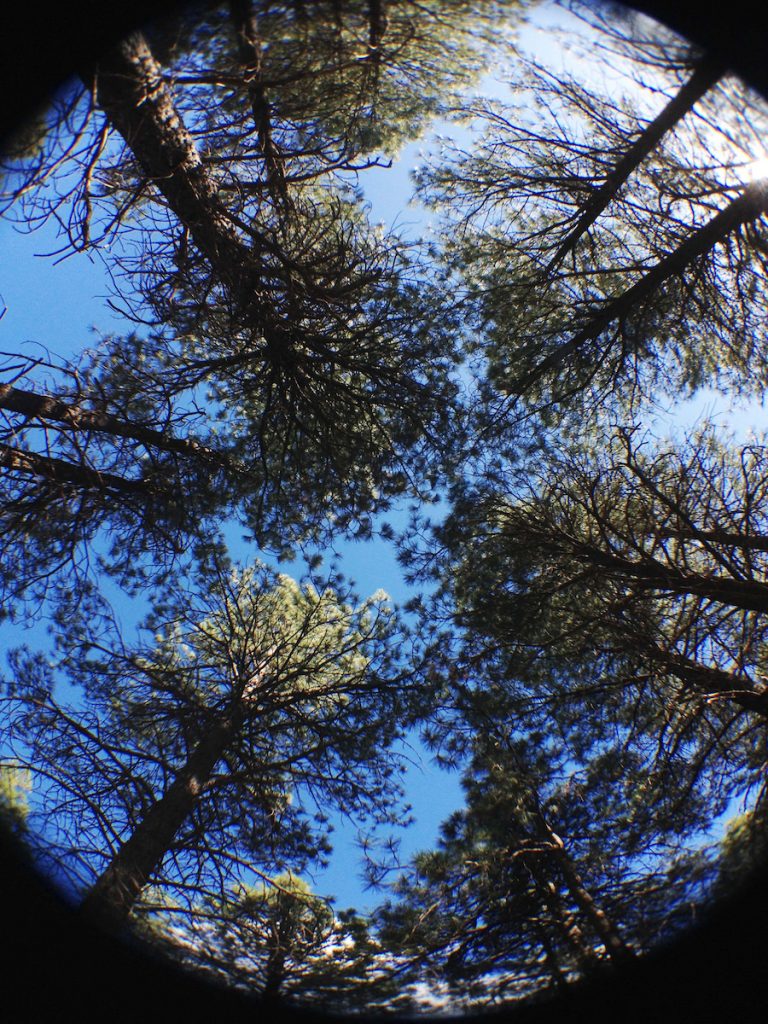Forestry students walked away with real-world experience after being tapped to research and create a prescription to help Northern Arizona University maintain and protect its on-campus ponderosa pine forest while reducing the fire hazard. Next week, the university will put those plans into action.
The 17 students, led by professor Kristen Waring, a silviculturist, worked with grounds crews at NAU to determine what they wanted to accomplish with the trees east of the Babbitt Administrative Center and along the Sinclair Wash, where the Flagstaff Urban Trail System runs through campus. They collected data on the understory of the forest, measured the slope and examined the trees before determining which needed to be cut down to improve the long-term health of the forest, reduce fire safety and get rid of any unhealthy trees.
“We want to make our campus forests safer by managing them like any other forest would be managed, such as tree thinning and removing some pine needles to let the forest understory plants grow more naturally,” said Susan Dietrich, a grounds supervisor at NAU.
The project’s goals are:
- Promoting healthy forest conditions by reducing competition-related mortality, increasing native understory production and maintaining tree species diversity
- Promoting conditions not conducive to high severity fire by reducing the amount of forest “litter” and reducing the hazard for crown fire through monitoring tree height
- Providing a safe space for human activities by maintaining appropriate sight lines, cutting down dead branches that stretch into the urban trail and removing trees that are potentially hazardous to humans
In their research, the students determined that if the trees are left to grow with no thinning, competition for scarce resources would cause a decrease in the number and health of the trees in the next several decades. The fire danger for a crown fire, which would move along the tops of the trees and wipe out the forest, would remain high without thinning the trees.
Waring said the final prescription included two different plans, with the forest area east of Babbitt being slightly more thinned out than the area just south of the building.
“It’s a really good learning experience,” she said. “The students actually had to think about which trees are going to come out and the consequences of picking those trees.”
Although she wanted the students to stick to the science, Waring also pointed out the need for flexibility in the process, such as leaving a few young, smaller trees that, if they followed the original plan perfectly, should be cut down, but would be good replacement trees for older growth along the trail that showed signs of illness.
“When we saw there were some good young trees we decided to leave those where we could, as long as there was no fire hazard,” Waring said.
The thinning project will start Monday (July 24) and last through July 31.



